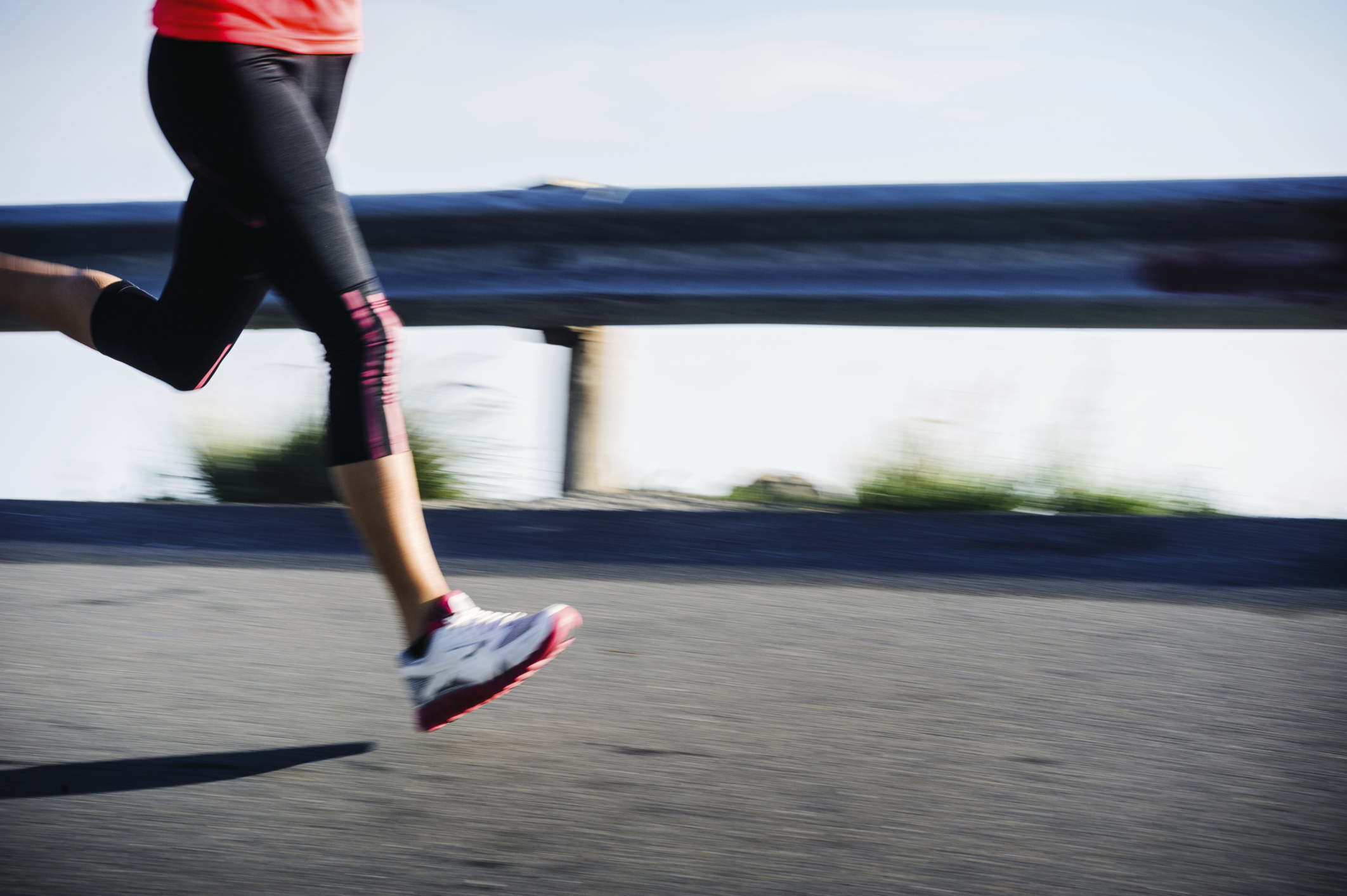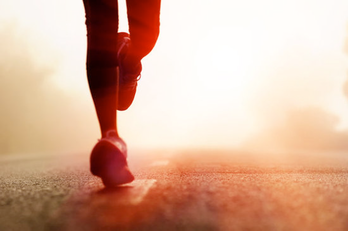 What’s better, a forefoot or a rearfoot stike?
What’s better, a forefoot or a rearfoot stike?
This is a complicated question and one that I get asked quite frequently. It’s a topic I have avoided writing about on this blog until now because it is impossible to tackle and do the debate justice with just one post. Sometimes topics area easy to summarize with clear conclusive statements, such as “toning shoes are bad.” Rearfoot vs. forefoot strike is a little more complex.
Gradually, overtime, with multiple posts, I hope that I will be able to answer many of these questions. With today’s post, all I want to do address the prevalence of each strike type and the associated importance.
Strike pattern in recreational runners who wear shoes
If you take a group of recreational runners, tell them to put on shoes and go for a run, what percentage will have a forefoot strike? 50%? 25%? Or at least 5%?
Well, this new study published in Physical Therapy in Sport shows that a forefoot strike is much less common than we think. These author saw only 0.8% of the subjects had a true forefoot strike, while just over 4% had a midfoot strike. The rest (95.1%) were rearfoot strikers.
What this tells us is that for MOST people, if they put on shoes, go for a run, and don’t think about their stride,will likely rearfoot strike.
 Transition from forefoot to rearfoot strike
Transition from forefoot to rearfoot strike
We know that most recreational runners will tend to naturally utilize a rearfoot strike while running with shoes. What happens to the small percentage who run with a forefoot strike once they start to fatigue? The answer is that the forefoot strike disappears.
Take for instance this 2011 study published in the Journal of Sports Sciences. The design was simply observe foot strike patterns during the 2009 Manchester City Marathon. Runners were watched at 10K and 32K. Here are the results:
10K
-88.9% had a rearfoot strike
-1.8% had a forefoot strike
So, as you can see, these results are consistent with the 2015 study referenced above- most people utilize a rearfoot strike (even runners experienced enough to complete a marathon)!
32K
Of the athletes who were identified at both the 10K and 32K point:
-87.8% were rearfoot at 10K, while that number climbed to 93% rearfoot at 32K
-0% of the runners had a forefoot strike at the 32K point
What this tells us is that despite a forefoot striker’s best intentions (these runners are rare to begin with), the odds are that as they fatigue, that forefoot strike will transition into a mid or rearfoot strike.
Practical applications
All I want to get across with this post is that (1) a rearfoot strike is the most common strike pattern we see and (2) even if you start with a forefoot strike, it will probably disappear when you get tired.
Here is why this is important:
 A rearfoot strike really is not the enemy it has been made out to be. Have you ever had a gait assessment done where the practitioner has paused the video at the very moment the heel hits the treadmill, and draws a line showing force pushing backwards up through your leg and into your hips? Then, you are told that this force is slowing you down and increasing your odds of injury? Well, this just is not the case, and there’s are plenty of studies to prove it. There are situations where changing to a forefoot strike is valuable, but these situations are quite limited. It is also important to keep in mind that changing your stride to something that does not come naturally to you will actually decease your running economy and increase the odds of injury- these are topics I will discuss in future posts. Not only that, the process of changing the stride often never happens despite a runner’s best efforts.
A rearfoot strike really is not the enemy it has been made out to be. Have you ever had a gait assessment done where the practitioner has paused the video at the very moment the heel hits the treadmill, and draws a line showing force pushing backwards up through your leg and into your hips? Then, you are told that this force is slowing you down and increasing your odds of injury? Well, this just is not the case, and there’s are plenty of studies to prove it. There are situations where changing to a forefoot strike is valuable, but these situations are quite limited. It is also important to keep in mind that changing your stride to something that does not come naturally to you will actually decease your running economy and increase the odds of injury- these are topics I will discuss in future posts. Not only that, the process of changing the stride often never happens despite a runner’s best efforts.
A cushioned shoe really does do a good job of dampening the impact transient (the impact force when the foot first hits the ground) when we run. A rearfoot strike shouldn’t be a big deal, but really is if you are NOT wearing shoes- with no cushioning that impact transient will skyrocket.
Even if you are convinced you are a forefoot striker, there is a good chance you are not, and an even better chance that you will revert to a mid or rearfoot strike when you fatigue. Moral of the story: wear shoes that have some cushioning to help protect you during a majority of your training. This will make your rearfoot strike the relative non-factor that it should be. An added bonus is that there is a good amount of research showing that some cushioning will make you faster (stay tuned for a post on that).
Dr. Sean Delanghe, BSc. (Hons), DC is a chiropractor, coach, and a regular contributor to the RunWaterloo blog.

